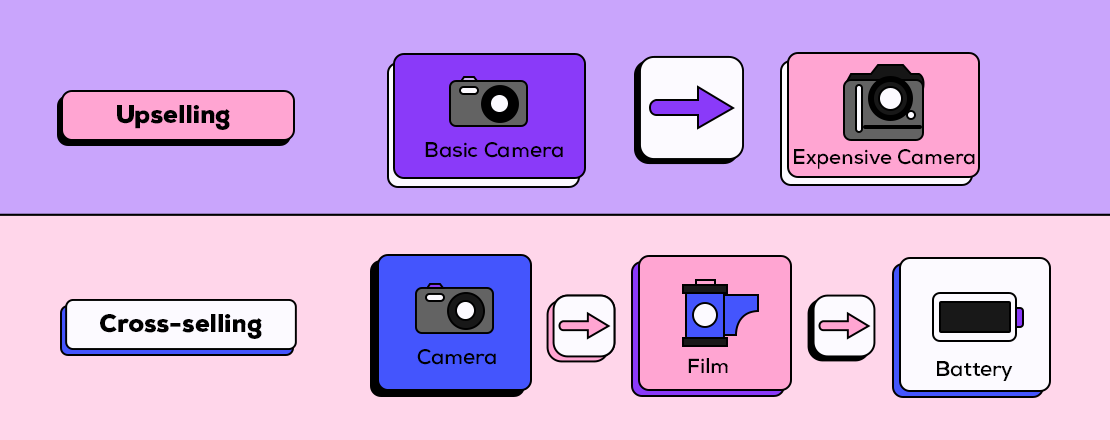We’ve covered embedded finance in a more general sense, but it is important to dive deeper into the more developed aspects of it. Embedded lending is arguably the fastest-growing form of embedded finance, a subject with which we are uniquely familiar. Largely, its growth is due to the COVID pandemic keeping consumers in their homes and making their disposable income less stable.

As a result, a demand developed for simple financing options at the point of sale. This stimulated the growth of an already budding market of online consumer financing options made available to consumers at checkout.
Today, we are going to discuss this embedded lending market by covering the fundamentals, which include:
- What is embedded lending?
- What are the most common lending options offered?
- How can businesses get started?
Let’s discuss each to develop a better understanding of embedded lending.
What Is Embedded Lending?
Embedded lending, as hinted at before, is the practice of embedding a financing application to a website that isn’t run by a finance company (like an online store). They are usually placed at checkout, though the best practice is to ensure that the financing options are advertised throughout the customer journey. This lets consumers learn about financing offers while actively shopping, allowing them to increase their order value due throughout the purchase process.
This is achieved through an application programming interface (API) integration with a fintech platform that offers financing options. By integrating APIs, consumer information entered on the online store’s application page can be sent to the funding source for approval. Then the final financing offer can be sent from the funding source back to the online store for the consumer to review and accept.
This connection allows merchants and lenders to work together to offer consumers more value while increasing their revenues. All it takes is a reliable fintech platform to connect the two through embedded lending.
What are the Most Common Lending Options Offered?
Lenders and merchants alike may be curious about which financing options tend to be the most popular at the point of sale. As of now, the embedded lending options that perform the best are:
- Installment financing plans
- Consumer loans
- Co-branded credit cards
Installment Financing Plans
Installment financing plans are the fastest growing financing option in the world, and they lend themselves particularly well to ecommerce. Their low-to-no-interest and low relative credit impact make them a more frictionless choice for consumers. This provides precisely the flexibility that post-COVID consumers are looking for in their online purchasing process.
Consumer Loans
Consumer loans are similar to installment financing but are a more traditional and regulated option. This provides some benefits in the form of more security for both the consumer and the lender, as well as a better average profit for the lender. The drawbacks are that the interest rates tend to be higher than installment financing, and the credit impact makes consumer loans something that shouldn’t be utilized all that often by the same consumer.
Co-branded Credit Cards
Co-branded credit cards are a terrific way to offer financing and a loyalty program in a single package. Promotional interest rates or cash-back offers save consumers money when they break up their purchase with the merchant provided card, and the indefinite nature of the line of credit gives them a reason to continue coming back again and again to experience similar savings and flexibility.
How Can Businesses Get Started?
Lenders that want to offer consumer financing through merchant sites to increase their clientele, and merchants that wish to utilize these offers to increase conversion and average order value, can achieve this by working with a third-party fintech provider that offers an embedded lending platform. These fintechs bridge the gap between lenders and merchants with their expertise in software development.
The quickest way for a lender to get involved is to contact a fintech firm that offers a platform that connects merchants to a network of different lenders, unlike companies like Klarna and Affirm, which utilize their own pool of funds to finance purchases. Luckily, Skeps offers a platform that does all of this and more.
Get Involved With Embedded Lending With Skeps
Skeps offers a comprehensive, end-to-end consumer financing platform that helps businesses modernize their entire payment process. Working with an entire network of established banks with more stable balance sheets and lower cost of funds, we go above and beyond one-click payment, also offering a one-click application process for several different types of consumer financing, including:
- Installment financing payment plans
- Co-branded credit cards
- Consumer loans and leases
If you’re looking to partner with a forward-thinking fintech company that will keep consumers' eyes on the purchase while offering best-in-class financing, Skeps is the perfect fit.
Do you have more questions about how to get involved with embedded lending?
Request a demo or contact us at support@skeps.com.















